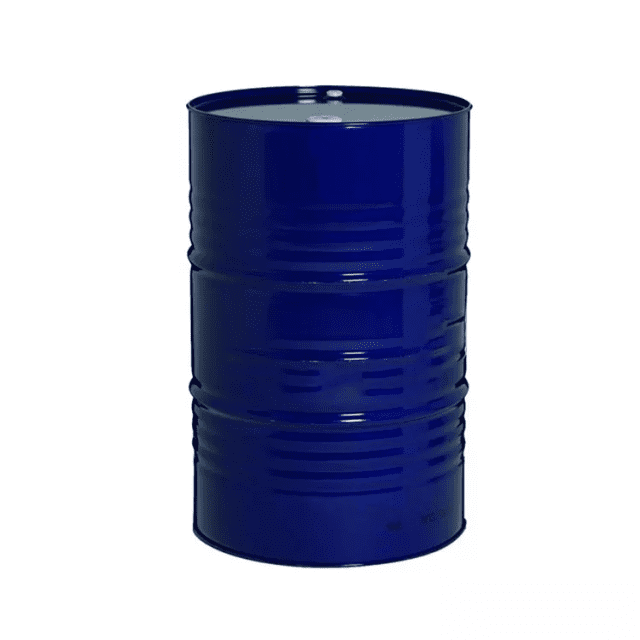Trimethylhydroxyethyl ethylenediamine
A Comprehensive Overview of Trimethylhydroxyethyl Ethylenediamine
Introduction
Trimethylhydroxyethyl ethylenediamine, often abbreviated as TMHEED, is a significant organic compound in the chemical industry. This tertiary amine is characterized by three methyl groups and a hydroxyethyl group attached to the nitrogen atoms of an ethylenediamine molecule. This article aims to provide a detailed understanding of Trimethylhydroxyethyl ethylenediamine, its properties, synthesis, applications, and safety measures.
Properties
Trimethylhydroxyethyl ethylenediamine is a colorless to light yellow liquid with a strong, characteristic odor. It has a molecular formula of C8H21N3O and a molar mass of 175.29 g/mol. This compound is soluble in water and most organic solvents. Its boiling point is 210-215°C, and its melting point is -20°C. The compound also has a high refractive index and a low vapor pressure.
Synthesis
The synthesis of Trimethylhydroxyethyl ethylenediamine involves the alkylation of ethylenediamine with methyl iodide and 2-chloroethanol. This reaction is typically carried out in the presence of a base to deprotonate the amine and facilitate the nucleophilic substitution reaction. The product is then purified through distillation to remove any unreacted starting materials and by-products. The synthesis process requires careful handling due to the reactivity and potential health hazards associated with the compound.
Applications
Trimethylhydroxyethyl ethylenediamine serves a wide range of applications in the chemical industry. It is primarily used as a building block in the synthesis of more complex organic compounds. For instance, it is used in the production of pharmaceuticals, chelating agents, and surfactants. Its solubility in water and organic solvents makes it an effective reagent in various industrial processes.
In pharmaceuticals, Trimethylhydroxyethyl ethylenediamine is used in the synthesis of various drugs, including antiviral and anticancer agents. Its ability to act as a nucleophile and its chelating properties make it a valuable reagent in the formation of various pharmaceutical compounds. It can also act as a pH buffer in pharmaceutical formulations due to its basic nature.
In the production of chelating agents, Trimethylhydroxyethyl ethylenediamine is used to produce compounds that can bind to metal ions, enhancing their solubility and preventing their precipitation. This is particularly useful in various industrial processes, including water treatment and oil recovery.
In the surfactant industry, Trimethylhydroxyethyl ethylenediamine is used to produce quaternary ammonium compounds, which are effective cleaning agents. Its ability to donate a pair of electrons makes it an effective catalyst in the formation of these compounds.

Safety Measures
Handling Trimethylhydroxyethyl ethylenediamine requires strict safety measures due to its reactivity and potential health hazards. It can cause skin and eye irritation, and prolonged exposure may lead to respiratory problems. Therefore, it is essential to use personal protective equipment, including gloves, safety glasses, and lab coats, when handling this compound. In case of a spill, absorb the liquid with an inert material and dispose of it following local regulations.
Conclusion
Trimethylhydroxyethyl ethylenediamine is a valuable compound in the chemical industry, with its unique properties making it suitable for various applications. Its synthesis, while straightforward, requires careful handling due to the reactivity and potential health hazards associated with the compound. As our understanding of this compound continues to grow, so too will its potential applications, further cementing its importance in the field of organic chemistry. Its role in the production of pharmaceuticals, chelating agents, and surfactants, as well as its use as a catalyst in certain reactions, highlights its versatility and significance in the industry.
Recommended Reading:


